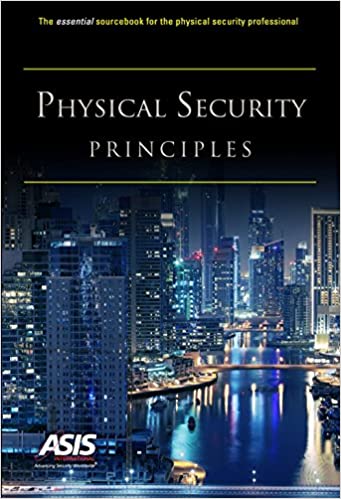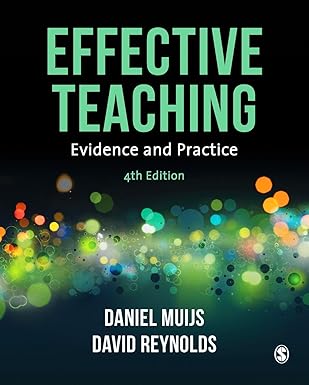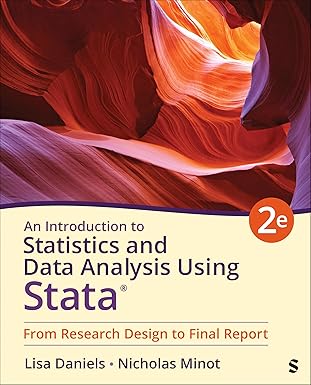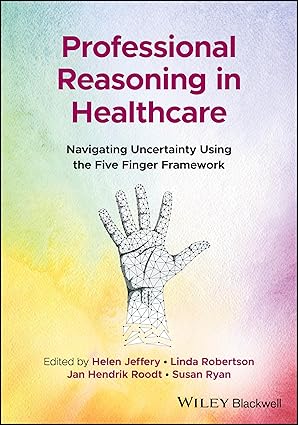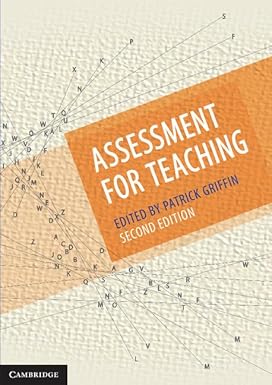Physical Security Principles is meant to serve three purposes. First, the authors, reviewers and other contributors hope that security professionals worldwide will find it to be a valuable desk reference on aspects of the practice of physical security. Second, the book may be an appropriate text for college and CTE (career and technical education) courses related to physical security. Third, it is a comprehensive reference for those interested in obtaining a certification in physical security.
This work presents, discusses, and contracts principles and practices in a complementary fashion and demonstrates their interrelatedness in every organization and every setting on a global scale. The objective for the security professional is to leverage longstanding widely accepted concepts and tailor them to the particular situation at hand to best meet the identified protection objectives. All this must be done within the constraints of cost, time, space, culture, regulations, and operational needs. It is a challenge indeed, and this book is meant as a resource to help lay the groundwork for successful physical security projects in every situation.
Each of the book s four sections offers practical, real-world tools for planning and implementing physical security in contemporary society:
Part I deals with the underlying concepts of security risk management and how they translate into effective and efficient security practices
Part II gives an overview of design principles and practices
Part III addresses the specific tools and techniques within the framework of structural, electronics, and human means collaborating to satisfy protection objectives
Part IV focusses on the project management aspects of security in both principle and practice
Appendices define key security terms and address special considerations for high-rise buildings
The breadth and depth of this manual will appeal to those with a responsibility for physical security within their organization as well as veteran security professionals seeking to enhance their skills or pursuing professional credentials through certification.
چکیده فارسی
اصول امنیت فیزیکی برای خدمت به سه هدف طراحی شده است. اول، نویسندگان، بازبینان و سایر مشارکتکنندگان امیدوارند که متخصصان امنیتی در سراسر جهان آن را مرجع ارزشمندی در مورد جنبههای عملکرد امنیت فیزیکی بدانند. دوم، این کتاب ممکن است متن مناسبی برای دوره های کالج و CTE (آموزش شغلی و فنی) مرتبط با امنیت فیزیکی باشد. سوم، یک مرجع جامع برای کسانی است که علاقه مند به دریافت گواهینامه امنیت فیزیکی هستند.
این کار اصول و شیوهها را به صورت مکمل ارائه، بحث و قرارداد میکند و ارتباط متقابل آنها را در هر سازمان و هر محیطی در مقیاس جهانی نشان میدهد. هدف متخصصان امنیتی این است که از مفاهیم قدیمی و به طور گسترده پذیرفته شده استفاده کند و آنها را با موقعیت خاص در دست تطبیق دهد تا به بهترین شکل اهداف حفاظتی شناسایی شده را برآورده کند. همه اینها باید در چارچوب محدودیت های هزینه، زمان، مکان، فرهنگ، مقررات و نیازهای عملیاتی انجام شود. این واقعاً یک چالش است و این کتاب به عنوان منبعی برای کمک به ایجاد زمینه برای پروژههای امنیتی فیزیکی موفق در هر شرایطی است.
هر یک از چهار بخش کتاب ابزارهای عملی و واقعی را برای برنامه ریزی و اجرای امنیت فیزیکی در جامعه معاصر ارائه می دهد:
قسمت اول به مفاهیم اساسی مدیریت ریسک امنیتی و چگونگی تبدیل آنها به شیوه های امنیتی موثر و کارآمد می پردازد
بخش دوم یک نمای کلی از اصول و شیوه های طراحی ارائه می دهد
بخش سوم به ابزارها و تکنیکهای خاص در چارچوب ابزارهای ساختاری، الکترونیکی و انسانی میپردازد که برای برآوردن اهداف حفاظتی همکاری میکنند
بخش چهارم بر جنبههای مدیریت پروژه امنیت در اصول و عمل تمرکز دارد
ضمیمهها اصطلاحات کلیدی امنیتی را تعریف میکنند و ملاحظات ویژهای را برای ساختمانهای بلند بیان میکنند
وسعت و عمق این راهنما برای کسانی که مسئولیت امنیت فیزیکی در سازمان خود را بر عهده دارند و همچنین متخصصان امنیتی کهنه کار که به دنبال ارتقای مهارت های خود یا دنبال کردن مدارک حرفه ای از طریق صدور گواهینامه هستند، جذاب خواهد بود.
ادامه ...
بستن ...
